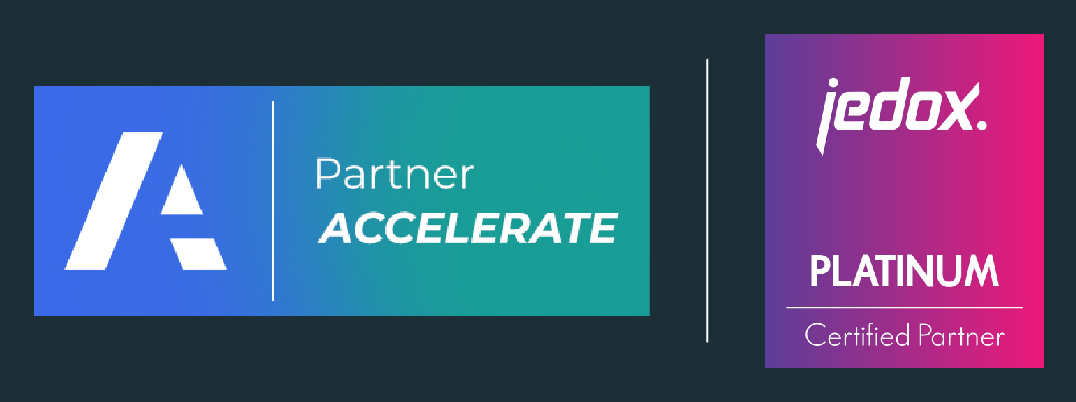Frequently Asked Questions - Transport
1. Can Connected Planning optimise fleet allocation and routing high-level decisions?
Combining demand forecasts with cost and utilisation models lets transport managers evaluate fleet mixes, shift patterns and depot consolidations from a financial and operational viewpoint.
2. How do you incorporate telematics and real-time vehicle data?
Telematics enrich planners with utilisation, idle time and lateness metrics; aggregated indicators feed capacity modelling while raw telemetry stays with operational systems.
3. Can Anaplan help reduce empty-miles and improve utilisation?
Yes — by modelling backhaul opportunities, consolidation thresholds and service constraints. Scenarios can show trade-offs between service levels and empty-mile reductions, and feed tactical instructions into TMS for execution.
4. How do we model regulatory constraints (drivers’ hours, cabotage) and emissions?
Include constraint dimensions and policy rules in the transport model with compliance checks. Transport-specific rules (HOS, route restrictions, emissions caps) can be represented as hard or soft constraints and factored into cost and service trade-offs.
5. What cost metrics should transport leaders monitor?
Cost per km/trip, cost per tonne or parcel, utilisation rate. Linking these metrics to financial forecasts helps identify unit economics levers and fleet optimisation opportunities to increase route profitability.
6. How does pricing & fuel volatility feature in planning?
Model FX and fuel price scenarios and run sensitivity analyses to assess margin exposure. Scenario libraries for fuel spikes, surcharge pass-throughs and hedging strategies help commercial and finance teams plan mitigations.
7. How should we plan and forecast CapEx, depreciation/amortisation and asset lifecycles for large transport assets?
Model asset classes, useful life and depreciation schedules, include IFRS/lease effects, and run scenario-based TCO and replacement-timing analyses to optimise capex, cashflow and residual-value outcomes.
8. What does a transport-focused Minimum Viable Model (MVM) include?
Core demand, route lanes, fleet capacity, standard route/network profitability and reconciliation with TMS.
“The solution provides robust, reliable data to give our team confidence that production lines will keep running. We have all the information needed to make small adjustments to our inventory plan daily to deal with issues before they become risks. The amount of stock that we have on-premise at any one time is reduced, and we have better control over excess and obsolete stock.”
Inventory Planning Manager
Profit& is a management consultancy that converts your complexity into innovative business performance management solutions.

.
Profit& Partner with leaders in digital planning technology platforms. Their purpose-built software enables dynamic, collaborative, and intelligent planning. As accreditated partners in these proven technologies, we have established experience to offer our customers consistent, reliable service quality.
CONTACT US
Profit& Ltd
100 Bishopsgate
London
EC2N 4AG
United Kingdom
Telephone: +44 208 1382241
Profit& Srl
Via Savoia 78
00198 Rome
Italy
Telephone: +39 0685237413
Profit& Sp. z o.o
Ul. Złota 59
Skylight p. 14
00-120 Warsaw
Poland
Telephone: +48 782 579 777
EMAIL: Info@profitand.com

.png?width=767&name=Untitled%20(9).png)
